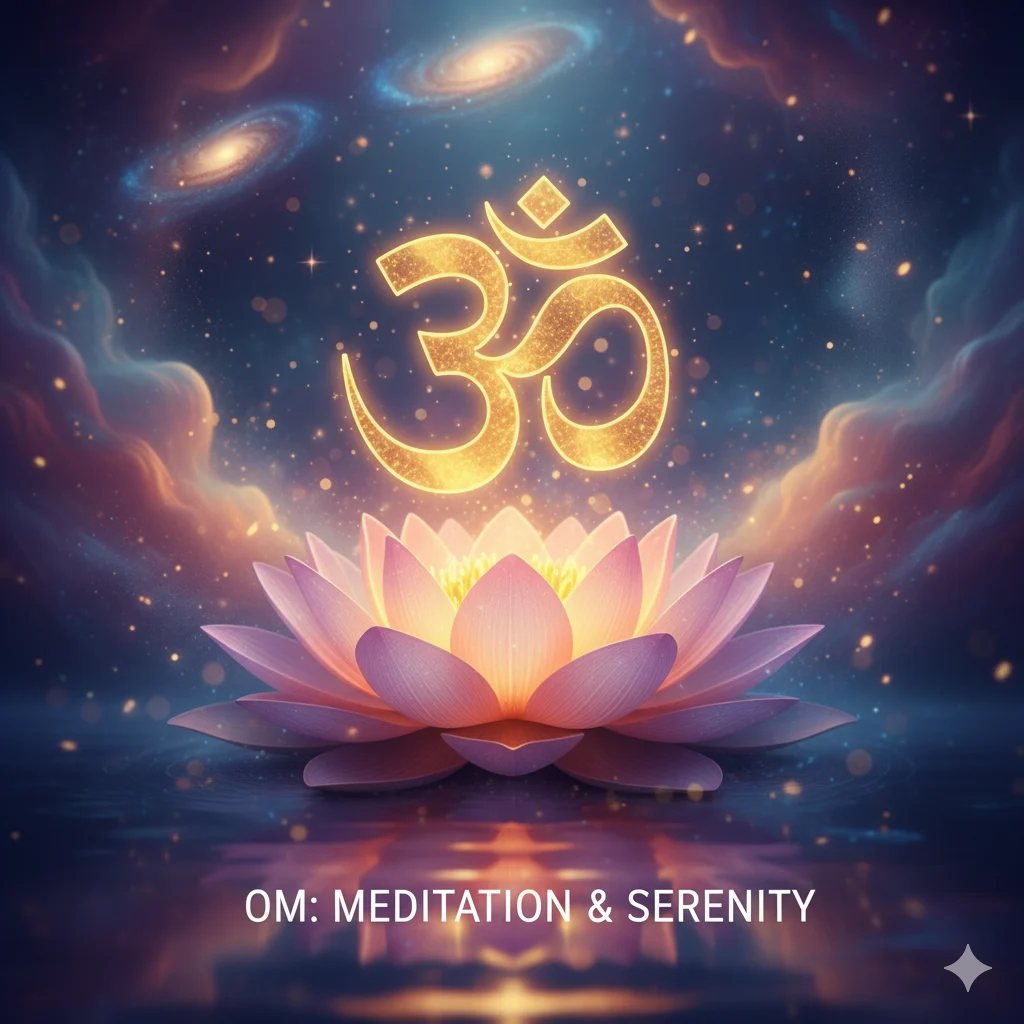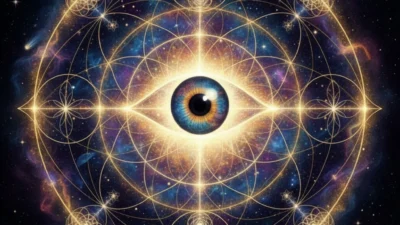The Ohm symbol is more than just a simple character; it carries deep significance in both scientific and spiritual contexts. Whether you encounter it in physics textbooks, meditation practices, or tattoo designs, understanding its meaning gives you a richer appreciation of this ancient and modern symbol. This guide will explore the origins, interpretations, and practical uses of the Ohm symbol, revealing why it continues to captivate people worldwide.
The Scientific Meaning of the Ohm Symbol
In physics and engineering, the Ohm symbol (Ω) represents the unit of electrical resistance. Named after Georg Simon Ohm, a German physicist who formulated Ohm’s Law, this symbol measures how much a material resists the flow of electrical current.
Understanding Ohm’s Law
Ohm’s Law is fundamental in electrical engineering and states that: V=I×RV = I \times RV=I×R

Where:
- V = voltage (volts)
- I = current (amperes)
- R = resistance (ohms, Ω)
This relationship shows that the current flowing through a conductor depends on the voltage applied and the resistance of the material. The Ω symbol makes it easy to identify resistance in circuits, schematics, and electrical devices.
Everyday Examples of Ohm in Use
- Household appliances: Resistors in your toaster or microwave control current flow.
- Electronics: Circuit boards use resistors measured in ohms to regulate voltage and prevent damage.
- LED lights: Understanding resistance ensures LEDs get the right voltage without burning out.
The Ohm symbol in science is precise, measurable, and essential for anyone studying or working with electricity.
Spiritual and Meditative Meaning of the Ohm Symbol
Beyond the scientific realm, the Ohm symbol is often confused with the sacred Om symbol (ॐ) used in Hinduism, Buddhism, and yoga practices. While similar in pronunciation, the spiritual Om represents universal energy, consciousness, and the vibration of life itself.
The Om Connection
The Om sound is considered the first vibration of the universe. Chanting Om during meditation aligns your energy, balances chakras, and promotes inner peace. Symbolically, Om consists of three curves, a semicircle, and a dot:

- Lower curve: States of consciousness (waking)
- Middle curve: Dreaming state
- Upper curve: Deep sleep
- Dot: Absolute consciousness (Turiya)
- Semicircle: Maya, the illusion separating the physical and spiritual
People often tattoo the Om/Ohm symbol as a reminder of mindfulness, personal growth, and spiritual awareness.
Meditation and Energy Practices
- Chakra alignment: Chanting Om resonates with the crown chakra, opening your mind to higher consciousness.
- Mantras: Used in yoga and mindfulness, it enhances focus and emotional well-being.
- Stress relief: The vibrational energy of Om calms the nervous system, helping reduce anxiety and promote relaxation.
Cultural Significance and Symbolic Uses
The Ohm symbol has appeared across cultures in art, jewelry, and tattoo designs, often blending spiritual and aesthetic appeal.

In Jewelry
- Necklaces, rings, and bracelets with the Om/Ohm symbol are popular as spiritual reminders.
- Wearing the symbol is believed to protect the wearer, invite positivity, and increase energy balance.
In Tattoos
- Om tattoos are widespread among yoga enthusiasts, spiritual seekers, and even minimalists.
- Placement often varies: wrist, back, shoulder, or neck, depending on the personal significance.
- Designs may include mandalas, lotus flowers, or chakras, emphasizing mind-body harmony.
In Pop Culture
- The symbol has transcended its spiritual origins, appearing in art, fashion, and social media.
- People often use it decoratively, yet it retains its sacred symbolism, symbolizing energy, life force, and universal harmony.
Differences Between Ohm and Om Symbols
While they are sometimes used interchangeably due to pronunciation, the Ohm (Ω) and Om (ॐ) symbols have distinct origins:
| Feature | Ohm (Ω) | Om (ॐ) |
|---|---|---|
| Origin | Physics, Georg Simon Ohm | Hinduism, Sanskrit |
| Meaning | Electrical resistance | Universal vibration, consciousness |
| Usage | Science, electronics | Spirituality, meditation, yoga |
| Visual | Ω | ॐ |
Confusing them may be common in casual conversation, but context usually clarifies whether one is referring to electricity or spiritual energy.
Modern-Day Applications of the Ohm Symbol
The Ohm symbol’s relevance extends beyond physics or meditation. It now serves multiple practical and aesthetic purposes:
In Education
- Physics students study Ohm’s Law and circuit theory, making Ω an essential part of STEM education.
In Technology
- Electronics engineers and hobbyists rely on resistors and Ohm units to build reliable circuits.
- Software simulations of circuits frequently display resistance in Ω, helping learners visualize concepts.
In Mindfulness and Lifestyle
- Yoga studios, wellness centers, and meditation apps incorporate the Om symbol as an icon of calm and balance.
- Mindful practices use the symbol visually and aurally to improve focus and inner peace.
Frequently Asked Questions (FAQs)
1. What does the Ohm symbol mean spiritually?
It represents universal energy, consciousness, and vibration, often associated with meditation and personal growth.
2. What is the scientific meaning of the Ohm symbol?
It is the unit of electrical resistance (Ω), named after physicist Georg Simon Ohm, measuring how a material resists electrical current.
3. Is Om and Ohm the same?
No, Ohm (Ω) is scientific, while Om (ॐ) is spiritual. Pronunciation is similar, but meanings differ.
4. Where can I see the Ohm symbol used?
In electronics (resistors, circuits), jewelry, tattoos, meditation spaces, yoga studios, and spiritual art.
5. Can I wear the Ohm symbol as jewelry?
Yes, it is popular as a necklace, ring, or bracelet, symbolizing spirituality, balance, and energy alignment.
6. How do I use the Ohm symbol in meditation?
Chanting Om while visualizing the symbol can enhance focus, balance chakras, and promote mental calm.

James Joyce was a master of symbolism and consciousness, weaving deep spiritual and psychological layers into modern literature. His writings uncover the sacred within the ordinary, exploring how meaning and divinity flow through human thought, memory, and experience.



